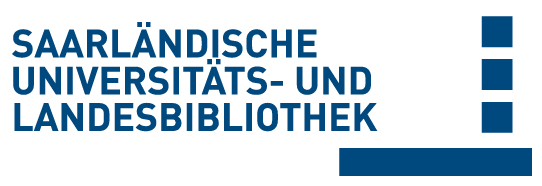Please use this identifier to cite or link to this item:
doi:10.22028/D291-45730 | Title: | Design, characterization, and modeling of new electrical contact material systems containing carbon nanoparticles |
| Author(s): | Alderete Gomez, Bruno Martin |
| Language: | English |
| Year of Publication: | 2024 |
| DDC notations: | 620 Engineering and machine engineering 621.3 Electrical engineering, electronics |
| Publikation type: | Dissertation |
| Abstract: | As a consequence of the increased electrification of modern society, there is a greater need to ensure the reliability and durability of electrical contacts. This not only gives rise to more stringent performance requirements, but also places significant pressure on the demand for specific materials. Silver and copper are remarkable electrical conductors; however, these materials are not without shortcomings. In this regard, carbon nanostructures could play a pivotal role in enhancing their performance. This work focuses on the development, optimization, and characterization of carbon containing electrical contact materials. In broad terms, the work can be divided into two areas: carbon nanostructure-based coatings for static connectors and carbon nanotube (CNT)-reinforced metal matrix composites for switching electrodes. Thorough characterization of nanocarbon-based coatings has demonstrated that carbon black and CNT coatings show the most promising results based on their low impact on electrical conductivity and high wear protection, with the latter exhibiting superhydrophobic wetting behavior – thus potentially providing atmospheric protection. CNT-reinforced composites, on the other hand, present exceptional contact elasticity and reproducibility while reducing material requirements. Furthermore, the reinforcement phase improves electrode performance during switching, reducing unstable arcing, arc mobility, and molten pool duration without amorphization of the CNT. Die Elektrifizierung der modernen Gesellschaft führt dazu, dass die Zuverlässigkeit und Langlebigkeit von elektrischen Kontakten immer wichtiger werden. Für einige Materialien führt dies neben einem erheblichen Anstieg der Nachfrage auch zu erhöhten Anforderungen. Insbesondere Silber und Kupfer sind zwar bemerkenswerte elektrische Leiter, haben aber auch Nachteile. In dieser Hinsicht könnten Nanokohlenstoffe eine wichtige Rolle spielen. Diese Arbeit konzentriert sich deshalb auf Design, Optimierung und Charakterisierung von kohlenstoffhaltigen elektrischen Kontaktmaterialien. Die Arbeit lässt sich in zwei Bereiche unterteilen: Nanokohlenstoff- Beschichtungen für Steckverbinder und, mit Kohlenstoff-Nanoröhren (CNT) verstärkte Metallmatrix-Kompositwerkstoffe für Schaltelektroden. Die Charakterisierung von Nanokohlenstoff-Beschichtungen zeigt, dass carbon black- und CNT-Beschichtungen aufgrund ihrer geringen Auswirkungen auf die elektrische Leitfähigkeit und ihres hohen Verschleißschutzes die vielversprechendsten Ergebnisse liefern. CNT-verstärkte Kompositwerkstoffe hingegen weisen eine außergewöhnliche Kontaktelastizität und Reproduzierbarkeit auf und reduzieren gleichzeitig den Materialbedarf. Darüber hinaus verbessert die verstärkende Phase die Elektrodenleistung während des Schaltens, indem sie die Lichtbogenentwicklung und -mobilität sowie die Dauer des Schmelzbades verringert, ohne dass die CNTs amorphisieren. |
| Link to this record: | urn:nbn:de:bsz:291--ds-457304 hdl:20.500.11880/40238 http://dx.doi.org/10.22028/D291-45730 |
| Advisor: | Mücklich, Frank |
| Date of oral examination: | 17-Jun-2025 |
| Date of registration: | 9-Jul-2025 |
| Third-party funds sponsorship: | German Academic Exchange Service (Deutscher Akademischer Austauschdienst - DAAD) |
| Faculty: | NT - Naturwissenschaftlich- Technische Fakultät |
| Department: | NT - Materialwissenschaft und Werkstofftechnik |
| Professorship: | NT - Prof. Dr. Frank Mücklich |
| Collections: | SciDok - Der Wissenschaftsserver der Universität des Saarlandes |
Files for this record:
| File | Description | Size | Format | |
|---|---|---|---|---|
| Thesis_Final Version.pdf | Ph.D. cumulative thesis, full version with two articles removed due to copyright restrictions. | 56,8 MB | Adobe PDF | View/Open |
This item is licensed under a Creative Commons License


